Friedl Kubelka vom Gröller
Friedl Kubelka vom Gröller (née Bondy) was born in London, England, in 1946 and moved to Vienna with her parents via East Berlin. From 1965 to 1969 she attended the Grafische Lehr- und Versuchsanstalt, Department of Photography, in Vienna and shot her first films, earning her master's degree in 1971. After that she opened her own photo studio from 1971 to 1977 and worked as a commercial photographer. In 1977 she led the first "Class for Artistic Photography" and in 1990 she founded her own "School for Artistic Photography" in Vienna, which she led until 2010. In 1997 she completed training as a psychoanalyst. In 2006 she founded a school for independent (analog) film in Vienna, which she directed until 2013. The artist was married to Peter Kubelka in her first marriage until 2001 and has been married to Georg Gröller since 2009. In 2005, the artist received the Austrian State Prize for Photography. In 2017 she was awarded the Austrian Art Prize - in the category of film. Friedl Kubelka lives and works in Vienna.
After initial artistic works in 1971, Kubelka started on her long-term project, "Year’s Portraits," in 1972. For this, the artist took pictures of herself with a camera on a daily basis over a period of one year - a process that has been repeated every five years since. This conceptually-structured work on the subject of self-portraiture produces a complex picture of a woman’s search for her own identity by alternating excessive poses of female self-representation with documents of personal retreat. Through the choice of staging and props, small stories and personal experiences are hinted at—the individual photographs seem to link up to form a film running at a rate of one frame per day. The continuation of this project in a weekly format ("Portrait Louise Anna Kubelka," 1978-96) and on the basis of a single day (e.g., "Day Portrait Peter Kubelka," 1974) broken up into a photograph taken every half hour reached its culmination in "One Thousand Changing Thoughts" (1980) of her mother. This work in 43 sections originated in a suggestion made by her mother, Lore Bondy, and shows a series of portraits with very brief breaks between individual frames and so comes closest to the cinematic process of the dissolution of reality into individual frames.
In her cinematic works Kubelka has reversed this photographic process borrowed from film-making by filming peo-ple in a condition of utmost immobility. In films such as "Heidi" (1974), "Peter Kubelka and Jonas Mekas" (1994), or "Parents" (1997-99), the absence of action and plot accentuates the personal interactions taking place during the process of filming and being filmed in a unique way - sometimes leading to the actual appearance of the artist her-self in a particular film. (Hemma Schmutz) In 2020, the Museum der Moderne Mönchsberg in Salzburg dedicated an exhibition to her, providing insight into Kubelka's decades of work.
Artworks
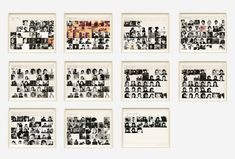
Das erste Jahresportrait, 1972-73

Das tausendteilige Portrait, 1980
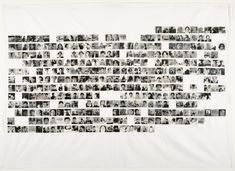
Das zweite Jahresportrait, 1977-78

Eltern (Mutter), 1997

Eltern (Vater), 1999
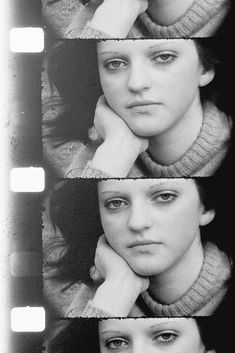
Erwin, Toni, Ilse, 1968-69
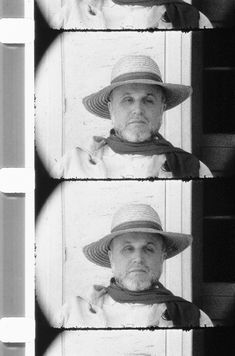
Eugen Bavcar, 1999

Graf Zokan, 1969

Heidi, 1974
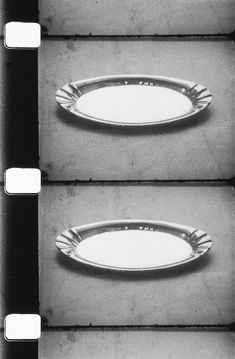
Neuffer's Gegenstände, 1972
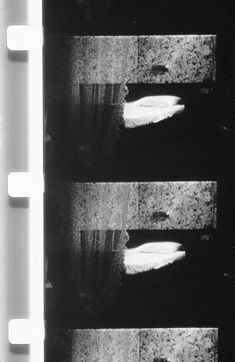
Ohne Titel, 1981
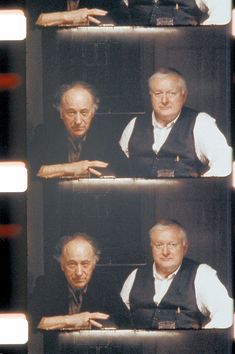
Peter Kubelka und Jonas Mekas, 1994
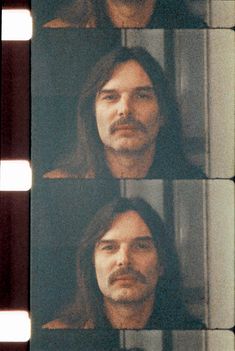
Robert Ospald, 1995-96
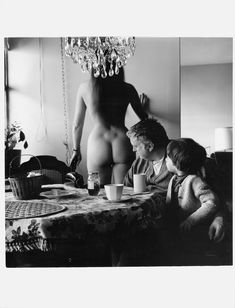
Selbstportrait Chicago, 1982
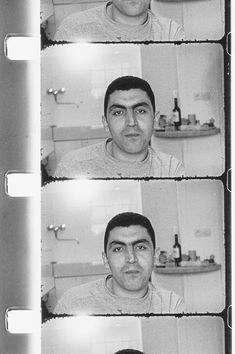
Spucken, 2000